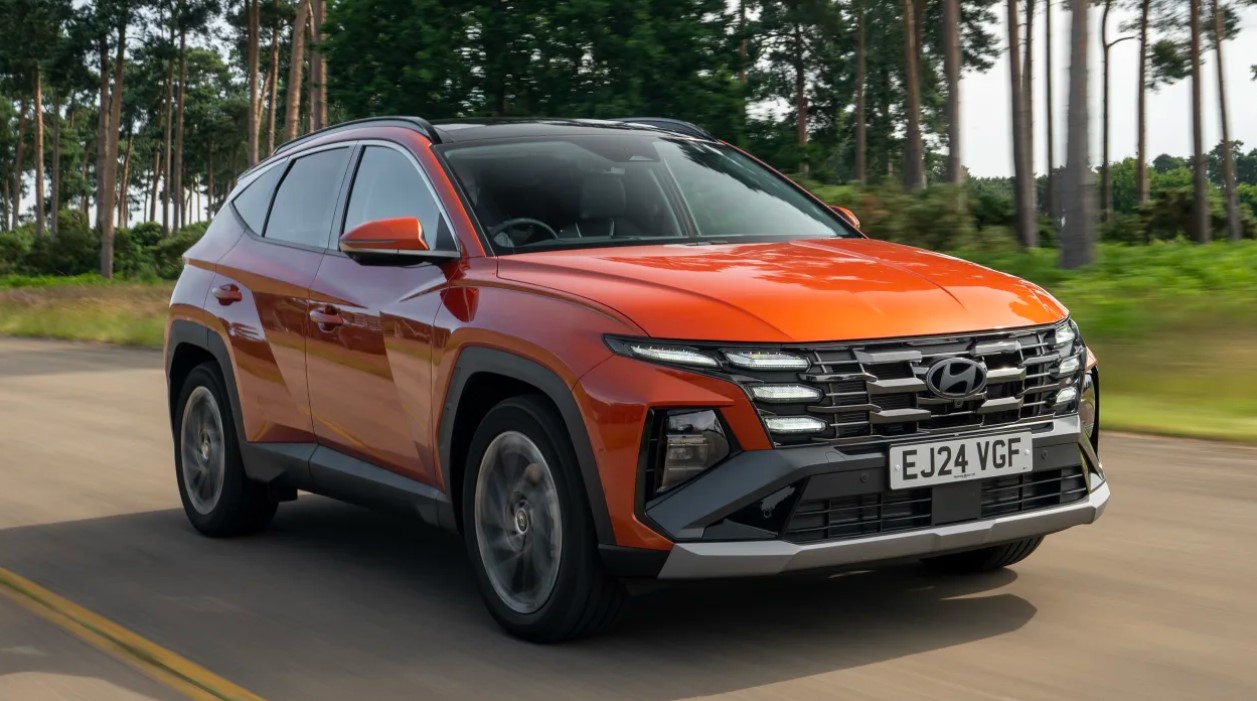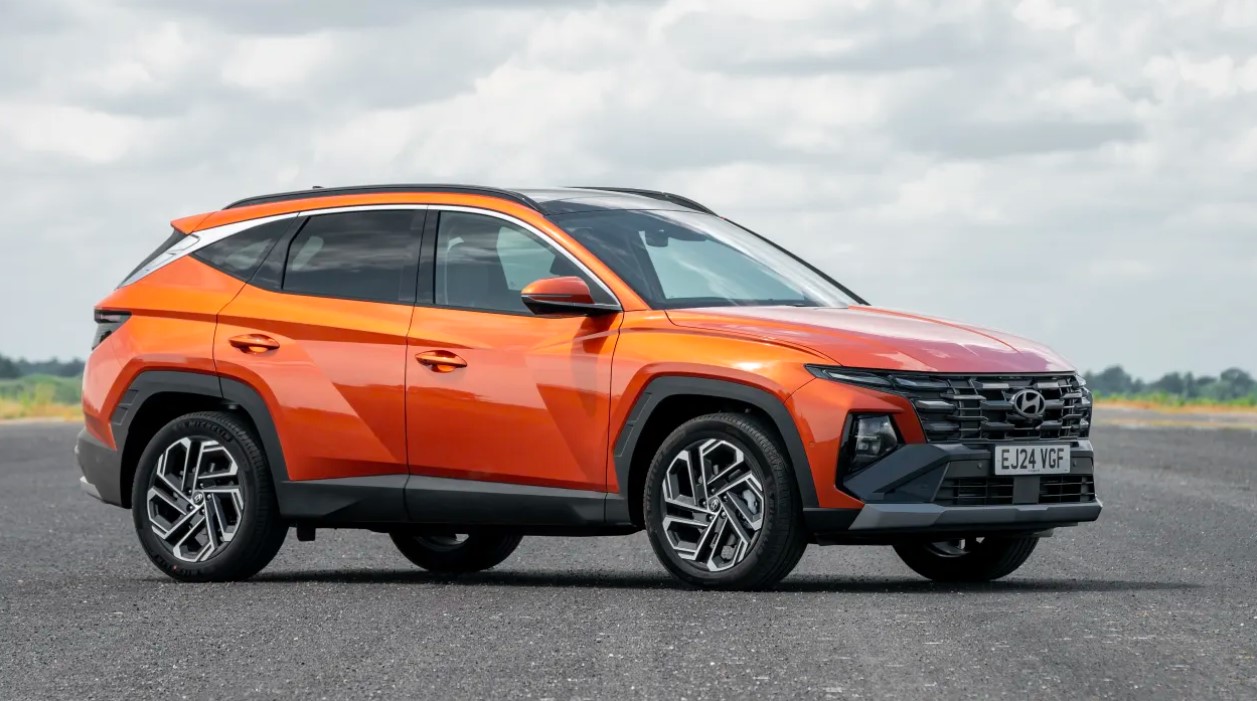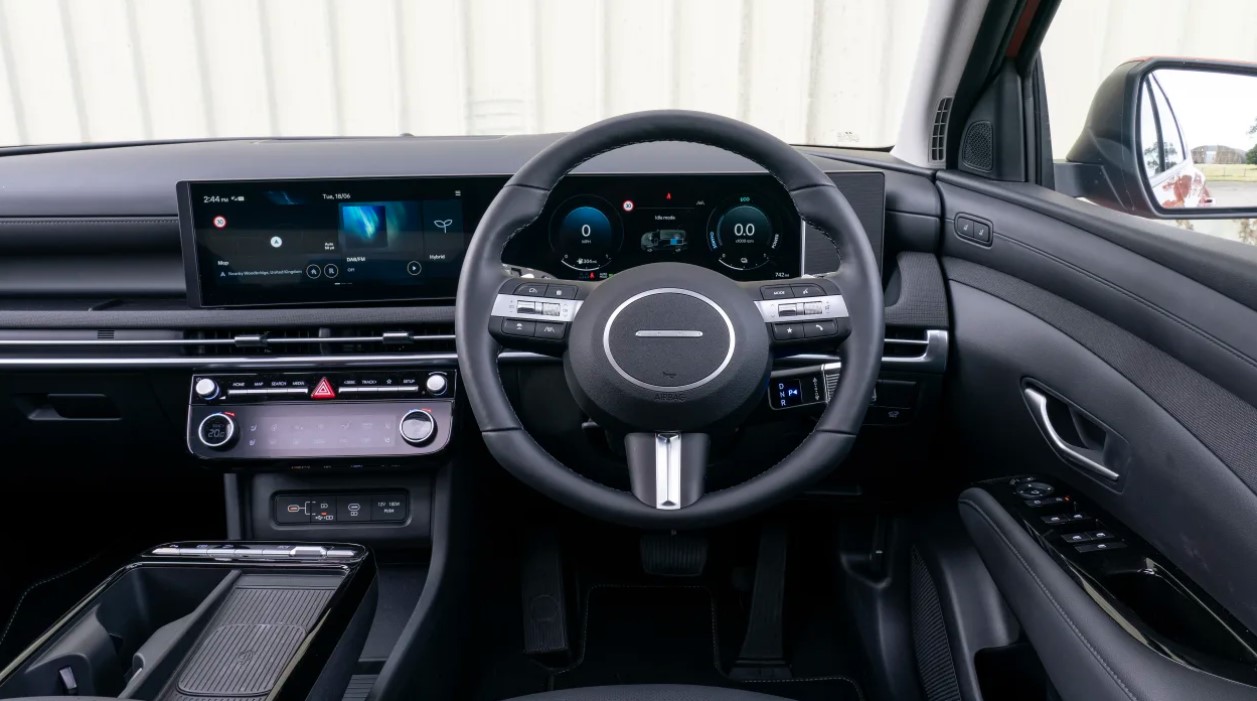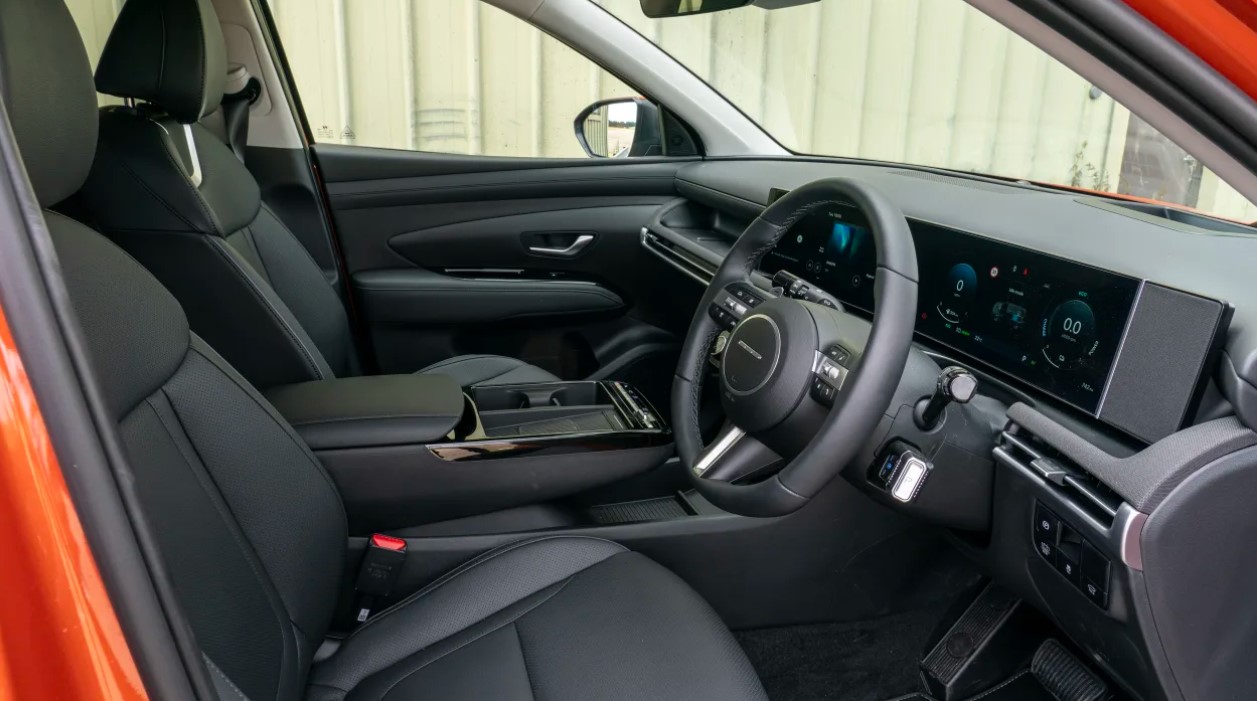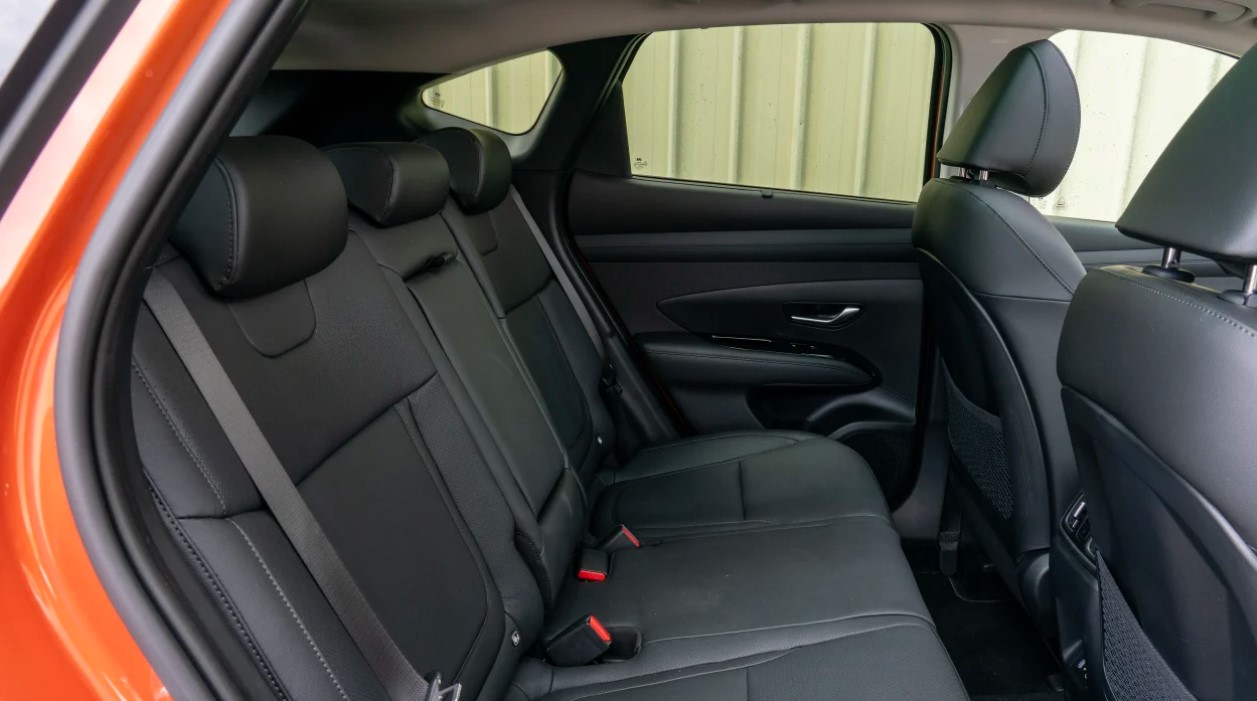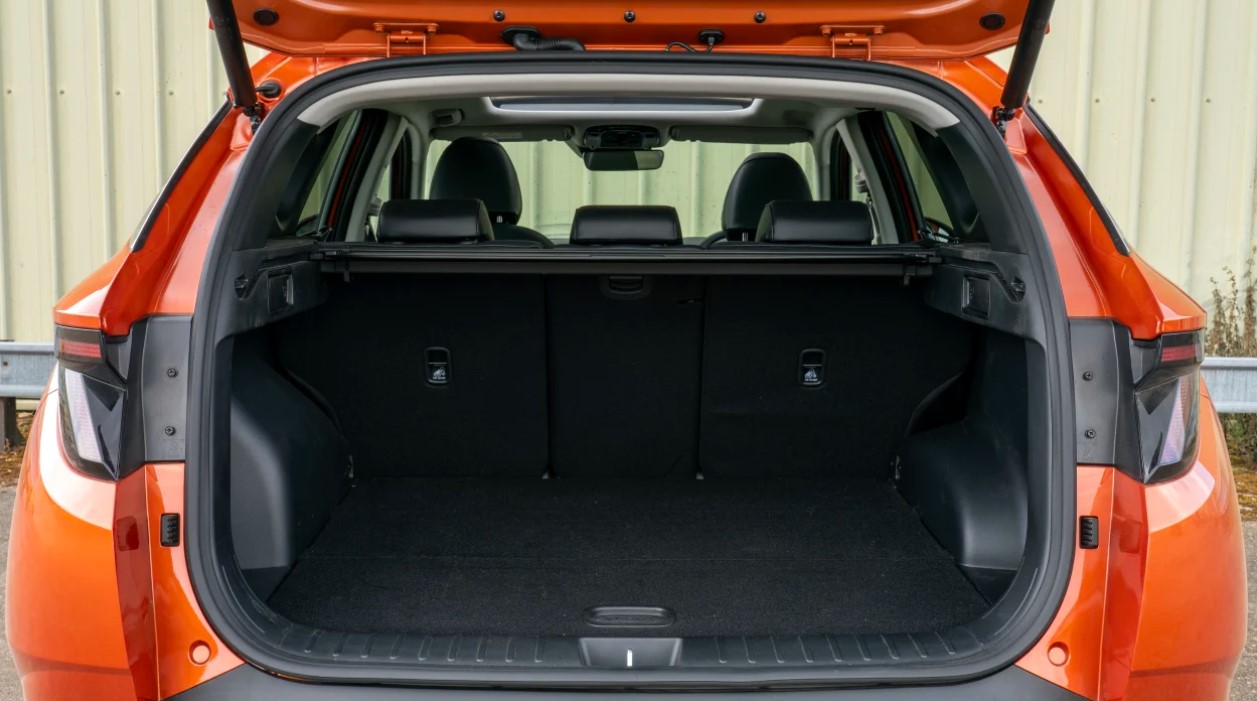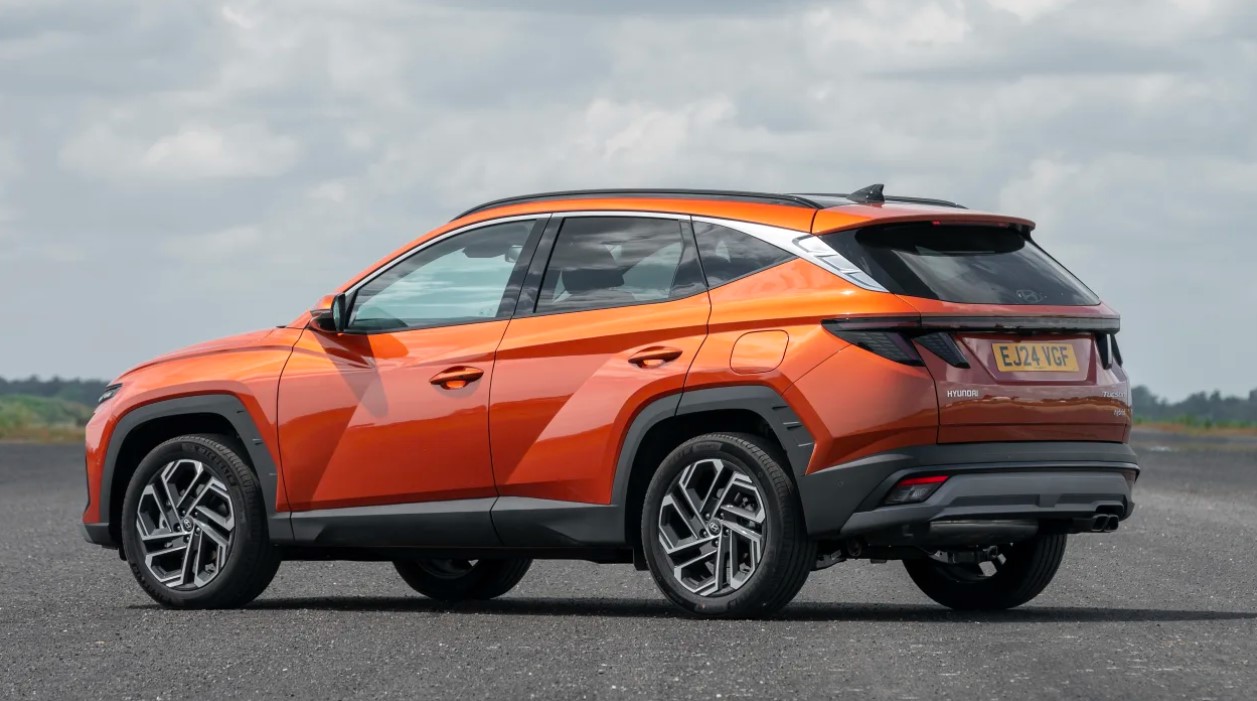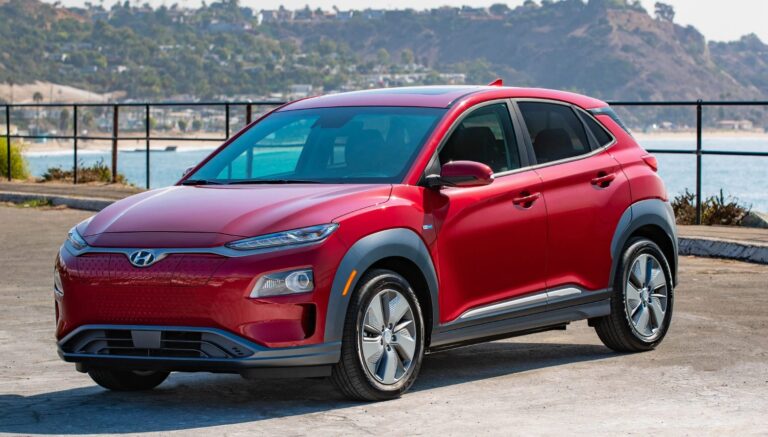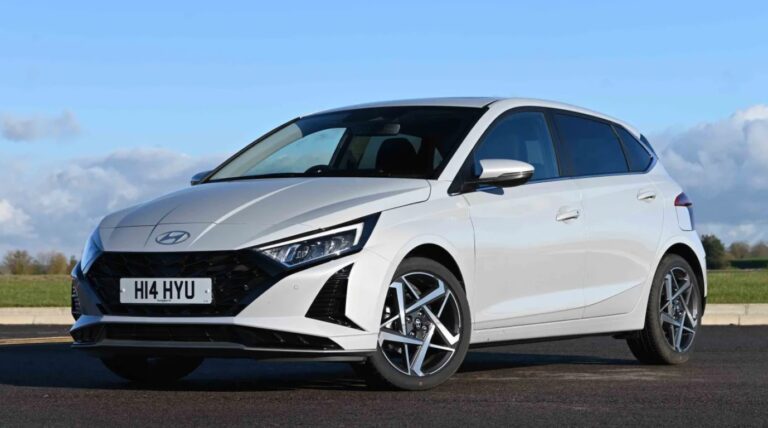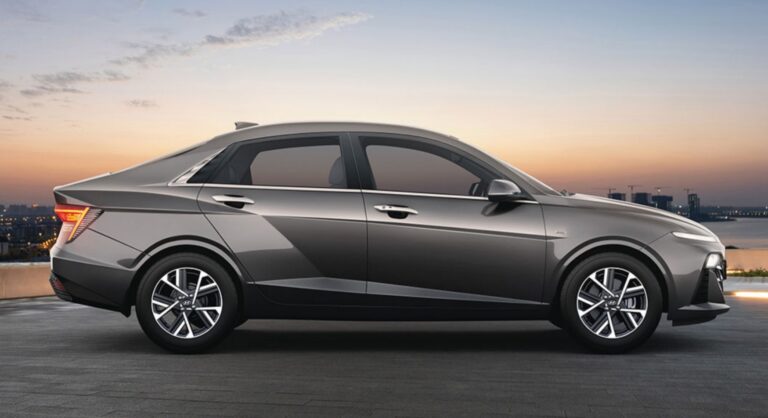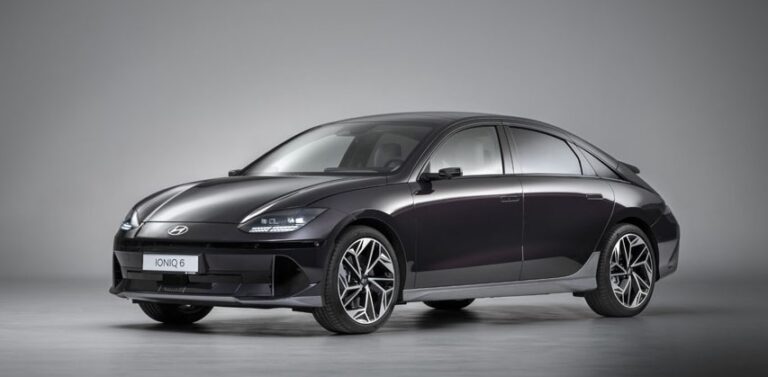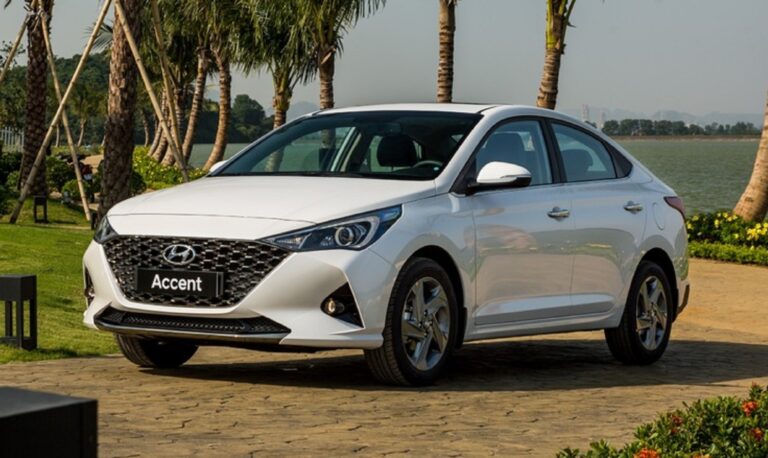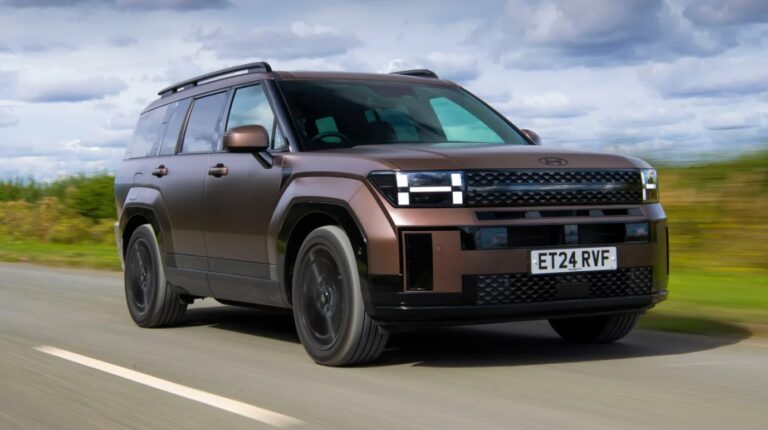2026 Hyundai Tucson Price, Specs, Features
2026 Hyundai Tucson Price, Specs, Features – Let’s get right to the point: the previous Tucson was a car that mostly marketed itself as being affordable, useful, and suitable for families. Its respectable equipment levels helped to offset its obvious lack of flair.
Nonetheless, this fourth-generation Hyundai mid-size SUV is a unique car that aims to become a high-end option for families that appreciate design and elegance in addition to the more practical features of daily usefulness and total load capacity.
Many of Tucson’s competitors have developed unique selling propositions (USPs) to assist them stand out from the competition because of the fierce competition in this sector. The Volkswagen Tiguan is a well-known and faultless car, even if the Ford Kuga is well-liked and makes family SUV life more fun. Although Peugeot’s 3008 has a plush interior and traditional Gallic style, the Skoda Karoq and SEAT Ateca provide distinctive versions of the Volkswagen Group vehicle.
Table of Contents
2026 Hyundai Tucson Redesign and Update Plan
Exterior & Interior
To differentiate itself in the very competitive medium SUV market, the 2026 Hyundai Tucson generation was obviously different from its more traditional predecessor.
The new Tucson’s designers correctly chose to keep its eye-catching look. The only noticeable modifications are a redesigned front grille and a wider lower bumper piece with a faux skid plate to match the car’s enormous SUV appearance. Now that the Hyundai emblem is hidden behind the back window’s glass, everything appears much more organized.
Another example of how automakers are enhancing interior design and onboard technologies is the Tucson. The facelift significantly changed the appearance to more closely resemble the interiors of the smaller Hyundai Kona and electric Hyundai Ioniq 5, even though we had previously enjoyed the luxurious atmosphere of the cabin. The touch-sensitive controls of the pre-facelift car have been replaced with a digital driver’s instrument cluster and central infotainment screen that blend in perfectly with the dashboard. Numerous physically accessible shortcut buttons have been added to the main screen, making it much simpler to use.
The climate controls, located underneath them, have two enormous knobs that regulate the temperature in each front zone. Compared to the touch-sensitive settings of the departing Tucson, these knobs are far simpler to locate when driving. It should not be necessary to utilize the touch-sensitive simulated buttons on the screen between the two dials too frequently. The largest drawback is that because of its greater distance, you will need to stretch longer with your arm to reach the far corner of the main screen.
Despite the odd strip of cloth that runs the length of the dash to break up the expanse of soft-touch plastic, the redesigned Tucson retains the sturdy feel of the original model. However, we’ve noticed that the majority of trim levels still use a subdued color scheme.
A clever 10.25-inch digital instrument cluster and a sparse number of physical buttons and switches meet you as soon as you step behind the wheel. While automated versions, like the Kona and Ioniq 5 described above, have a gear selector on the right, directly behind the steering wheel, to free up additional storage space, cars with manual transmissions have a distinctive center console arrangement.
17-inch alloy wheels, dual-zone climate control, cruise control, a rearview camera, front and rear parking sensors, heated and folding door mirrors, Bluetooth, wireless smartphone connectivity with a wireless charging pad, and DAB audio setup are just a few of the many standard features of the base Advance trim.
A better Krell audio system, an electric tailgate, heated front and rear seats, adaptive cruise control for automatic and hybrid cars, and an autonomous emergency braking system that keeps you from turning into oncoming traffic at a junction are all included in the Premium update.
The fourth-generation Tucson retains the sporty exterior and interior features of the N Line and N Line S variants. With the exception of 19-inch alloy wheels, a bigger front bumper with intake, and a more aggressive rear diffuser with twin-exit exhausts, the regular N Line is almost exactly the same as the Advance. Additionally, buyers get a rear spoiler, a redesigned radiator grille, leather and suede sports seats for the inside, aluminum pedals, and a black headliner.
Even though the N Line S level keeps the same design changes, the equipment list is expanded to include a 360-degree camera system, LED matrix headlights, ventilated front seats, a heated steering wheel, three-zone temperature control, an electric panoramic sunroof, and a Blind Spot Collision Warning system.
The top Ultimate trim is essential for people who desire the technology included in the N Line S but don’t want a sporty-looking Tucson. It has the option to change the color of the seats and has memory settings for the driver’s seat.
The infotainment system in the Tucson is high-quality and simple to use. Two 10.25-inch screens that offer excellent graphics and fast loading times are included with every model. It also has a fantastic built-in sat-nav system, Apple CarPlay, and Android Auto if you want to connect your smartphone.
The center touchscreen is easy to view, even if it may not be as large as the Kia Sportage’s or have the same clarity or loading speed as the Renault Austral’s Google-powered setup. The majority of the sub-menus are rather well-designed, and the main menu shows all of the important functions in two rows of shortcut icons.
Since it often seems like the car is always beeping at you while you’re driving, Hyundai has made it simple to reach the driver-assistance menu. A shortcut button on the steering wheel has been fitted in place of having to go through many touchscreen options to locate the correct one. The speed limitation alarm system, which whistles when it senses that you are over the speed limit, may also be turned off using a hidden shortcut that involves momentarily pressing the mute button.
In front of the driver is another 10.25-inch screen. The buttons on the steering wheel make it simple to select the statistics, and the colors and images change according on the driving style selected. You may want to select the upgraded Krell audio found on the Premium, N Line S, and Ultimate trims if you want to listen to music in your vehicle.
2026 Hyundai Tucson Specs
Engine & Performance
With its cutting-edge hybrid engine and ground-breaking design, the fourth-generation 2026 Hyundai Tucson is a brilliant example of the company’s ambitious aspirations for its newest mid-size SUV.
Both on highways and in cities, the hybrid powertrain performs really well. Even while the six-speed automatic gearbox is eager to shift up early, this isn’t a terrible thing because the engine becomes a little thrashy when it’s working hard.
The Tucson should mostly be used in Eco mode. The Sport option, which alters the throttle response and boosts the electric motor’s help but also makes the car rev higher and hold onto lower gears longer, eventually conflicts with the Tucson’s emphasis on comfort.
Refinement and economy are further enhanced by the hybrid model’s capacity to reduce engine power when the throttle is compressed at high speeds. The technology does this so well and seamlessly that you may not even be aware it’s in operation.
In order to assist the Tucson maintain control and balance on the occasionally cracked asphalt of UK roads, Hyundai has given it a respectable amount of agility in curves. Despite the Tucson’s elegant, comfortable, point-to-point mobility, it’s doubtful that you would choose it for a Sunday morning drive through country roads.
The plug-in hybrid Tucson weighs almost 200 kg more than its regular gasoline or hybrid counterparts, even though it is the most powerful vehicle in the fleet. We found that the extra weight had no appreciable impact on the Tucson PHEV’s performance, and it does a decent job of smoothing out bumps, making them more audible than felt. While the Hyundai is quiet and fashionable when driving at highway speeds, the Tucson’s agile handling makes driving in towns easy.
The mild hybrid variant reduces the duration from 0 to 62 miles per hour to 9.4 seconds for the two-wheel drive model and 9.8 seconds for the four-wheel drive car thanks to a dual-clutch transmission. It takes a respectable 9.9 seconds for the 1.6 TGDi gasoline-only vehicle with 158 horsepower to accelerate from 0 to 62 kilometers per hour. The top speed for everyone is 119 mph.
Even if the highest speed for this kind is somewhat lower at 116 mph, the full-hybrid technology boosts the power output to 212 horsepower and cuts the 0-62 mph time to 8.2 seconds. We were taken aback by the four-cylinder engine’s high rpm noise and unpleasantness during testing.
The plug-in hybrid has more power (249 bhp and 304 Nm) while being heavier. The four-wheel drive version takes 8.5 seconds to reach 62 mph, while the two-wheel drive version reaches a peak speed of 116 mph in 8.2 seconds. You may swiftly tap the foot to boost the Tucson PHEV’s performance, and its electric motor may replace the 1.6-liter gasoline engine beneath the hood when necessary. But it won’t win a game of Top Trumps. Consequently, it accelerates with a degree of preparedness that is unmatched by any other Tucson.
2026 Hyundai Tucson Fuel Economy
If operating expenses are too high, the 2026 Hyundai Tucson won’t make it into client shortlists, regardless matter how well it drives, how comfortable it is to sit in, or how much luggage it can hold. Fortunately, the Tucson offers a wide variety of powertrain options to accommodate all requirements and budgets, including full-hybrid, mild-hybrid, plug-in hybrid, gasoline, and pretty much anything else outside electric vehicles.
The Advance trim level, which has a 1.6 TGDi gasoline-only engine with 158 horsepower, is the most affordable vehicle to purchase. It boasts a six-speed manual transmission, produces 154 g of CO2 per kilometer, and achieves a decent 41.5 mpg on the combined cycle.
Fuel economy increases to 44.8 mpg and emissions decrease to 142 g/km when this engine is paired with an automatic transmission (40.4 mpg and 158 g/km for the four-wheel drive variant). The automatic is superior to the manual because it employs mild-hybrid technology, which reduces engine load and adds a small electric motor to help with acceleration. A Volkswagen Tiguan is somewhat more efficient with comparable equipment.
These numbers are significantly improved by the 227bhp full-hybrid version, which can get up to 49.6 mpg and emit 129 g/km of CO2. We averaged 46.5 mpg when driving our Tucson Hybrid long-term test vehicle for over 8,000 kilometers. We were rather happy with the outcome.
Of course, the most costly (and efficient) car is the Tucson Plug-in Hybrid. Hyundai claims that the Tucson PHEV may achieve up to 201.8 mpg and emit 29 g/km of CO2. Even if you fall short of those figures, it should still be a reasonably priced family SUV (keep in mind to charge the battery as often as possible to avoid running expenses). Because business cars are subject to the 12 percent Benefit-in-Kind (BiK) tax level rather than the 35 or 30 percent bands that gasoline and full-hybrid cars are in, driving a company car is far more advantageous.
Since the other hybrid cars employ energy recovery from the engine or brakes to charge their batteries, the Tucson PHEV is the only one that requires self-charging. The Tucson Plug-in Hybrid can go up to 38 miles on power alone thanks to its 13.8kWh lithium-ion battery. If the automobile is completely charged, you should have no trouble traveling more than 30 miles without using any gasoline, even if the figure we saw during our own tests was somewhat lower. That’s fantastic, but the bigger 25.7kWh (19.7kWh useable) battery of the more recent VW Tiguan eHybrid allows it to travel up to 77 miles between charges.
Even though the Tucson’s 7.2kW on-board charger does not have the Tiguan eHybrid’s quick charging capabilities, it can fully recharge the very large battery in less than two hours provided you use a wallbox or public charging station with a high enough speed.
2026 Hyundai Tucson Safety Features
The 2026 Hyundai Tucson is expected to be a reliable family SUV because its electric drivetrain is often seen in other Hyundai models. The 2024 Driver Power customer satisfaction poll did not include the fourth-generation model on our list of the greatest vehicles to own. The Mk5 Kia Sportage, its twin, placed an astoundingly amazing 11th out of 50 cars.
Hyundai dropped from 11th place in 2022 to 17th place out of 32 in the 2023 Best Auto Manufacturer rankings.
The Tucson’s baseline safety package is great, but you’ll need to upgrade to N-Line S or Ultimate trim to take use of all the active features. When reversing out of a driveway or parking space, these two features—Rear Cross Traffic Collision Avoidance, Forward Collision Avoidance Assist, and Blind Spot Collision Warning—assist you in avoiding possible obstacles.
When Euro NCAP evaluated the family SUV in 2022, they gave the fourth-generation Tucson a perfect five-star rating. Even though the driver’s chest was only marginally covered, it was rated at 87 percent for kid occupant protection and 86 percent for adult occupant safety.
2026 Hyundai Tucson Release Date & Price
The Japanese three models—the Toyota RAV4, Mazda CX-5, and Honda CR-V—stand out among the many possibilities. Next are the Kia Sportage, the sibling car of the Tucson, the Renault Austral, the Vauxhall Grandland, and the former Nissan Qashqai.
Over the years, we’ve put the Tucson to the test against a number of competitors, and each time the Hyundai prevailed, it was awarded the winner’s medal. We have faith that Hyundai is committed to competing with the top mainstream manufacturers as well as surpassing more costly ones like Audi and BMW.
The Tucson lineup undercuts the Kuga and Tiguan with starting pricing of about £32,000. However, because Hyundai doesn’t actually provide a regular entry-level trim, even the “base” model will come with a lot of options.
Beginning with Advance and progressing to Premium, the sportier-looking N Line and N Line S, and finally Ultimate, the trim hierarchy is very simple. A rear camera, dual-zone air conditioning, cruise control, and a 10.25-inch infotainment display with sat-nav, Android Auto, and Apple CarPlay compatibility are standard on all models.
Conclusion
The Hyundai Tucson 2026 is a good contender. With its eye-catching exterior, user-friendly onboard technology, and luxurious interior, the Tucson stands out in the congested mid-size SUV market while appealing to both the intellect and the emotions. The range has one of the roomiest cabins in the class, a trunk big enough to rival estate cars, a high degree of standard equipment, and efficiency-boosting hybrid technology.
We believe Hyundai has done a fantastic job producing a family vehicle that is both stylish and practical, despite the Tucson’s current little price increase. The vehicle was selected as our Mid-size SUV of the Year for 2021, 2022, 2023, and 2024.
Note: The details included in this blog post are derived from pre-release material that was accessible when the article was written. If you want the latest information, you should check official sources or call your nearest dealership.
